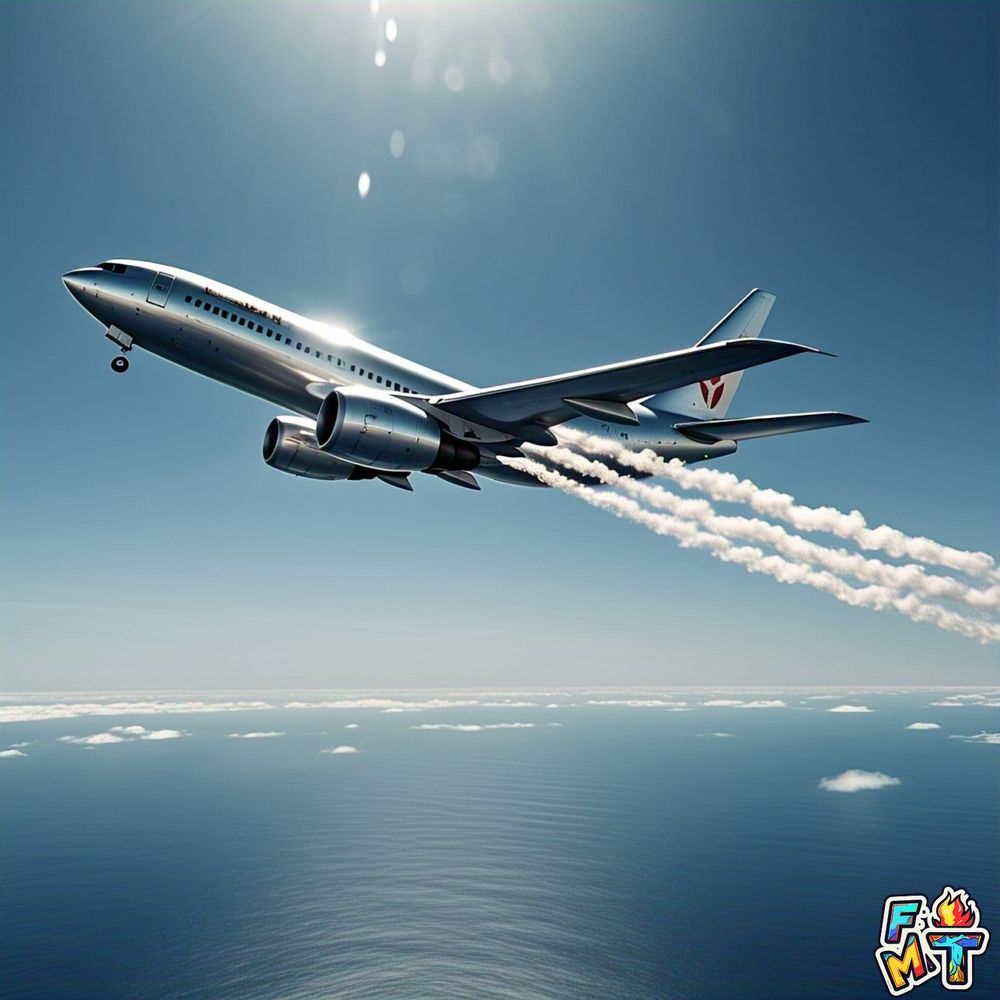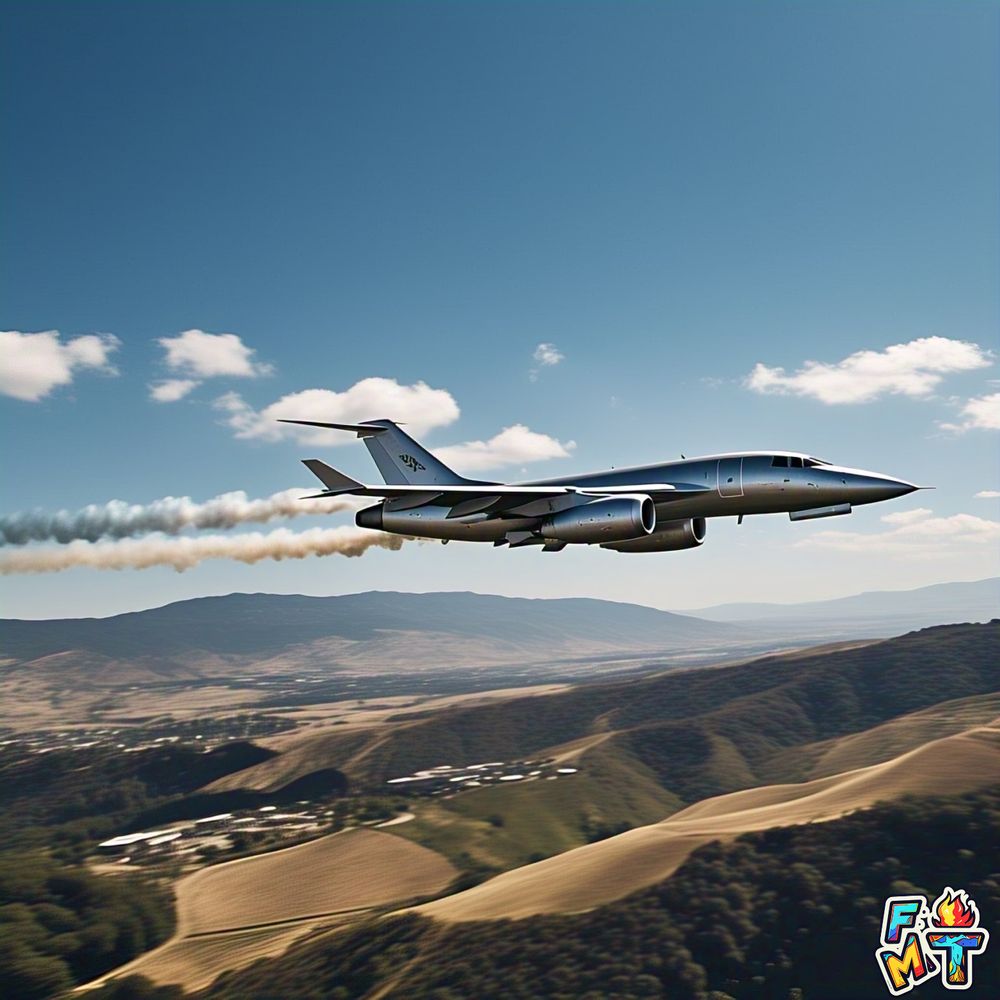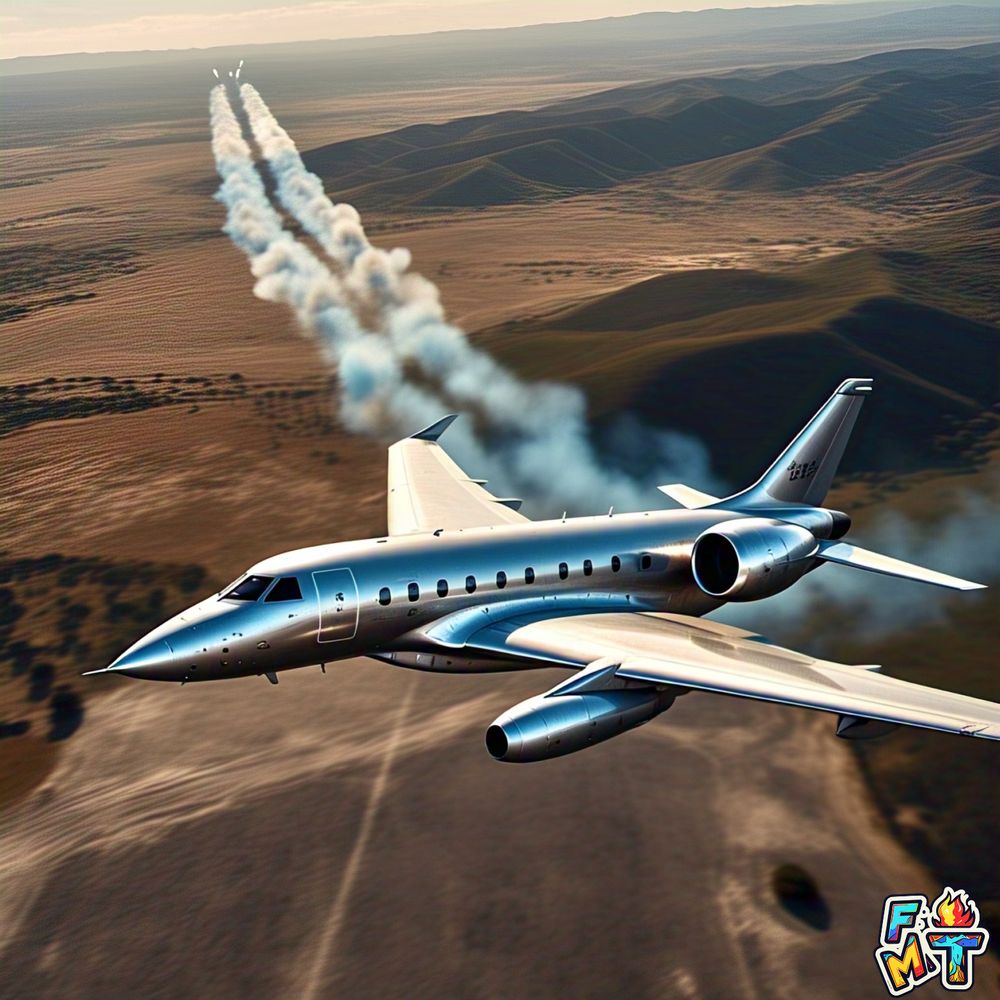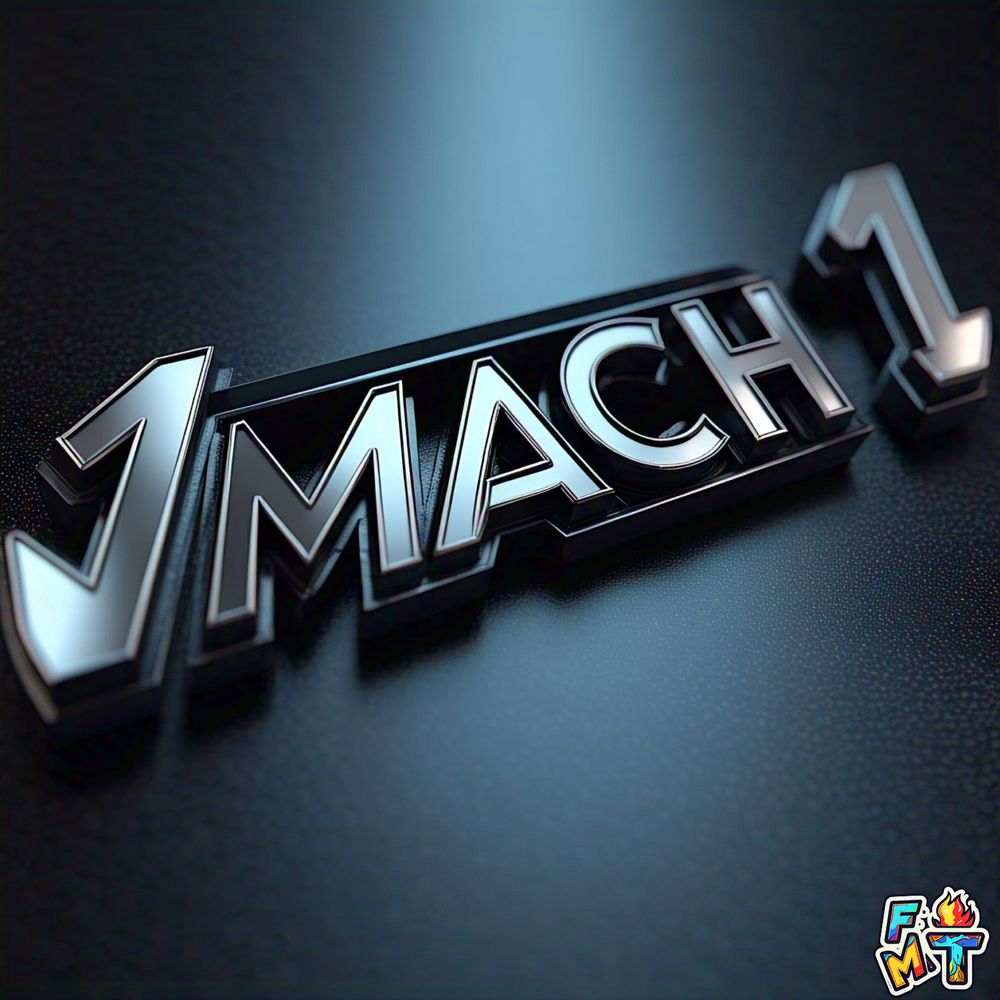Blog
How Fast Is Mach 1?
How Fast Is Mach 1? Understanding the Speed and Its Implications
Introduction to Mach 1 and Supersonic Speed
Mach 1, a term often mentioned in discussions of aviation, refers to the speed of sound in the air. It is a crucial threshold that aircraft need to exceed to travel at supersonic speed. To understand how fast Mach 1 is, we must first define the concept of the speed of sound and why it is so significant in aviation.
The speed of sound is not a fixed number, but it varies depending on altitude, temperature, and air pressure. At sea level under standard conditions, the speed of sound is approximately 1,225 kilometers per hour (km/h) or 761 miles per hour (mph). When an aircraft reaches this speed, it is said to be flying at Mach 1.
Breaking the sound barrier was once thought to be an unattainable feat, but today, Mach 1 is a critical point in both military and civilian aviation. Supersonic jets and aircraft can travel faster than Mach 1, producing sonic booms that mark the crossing of the speed of sound.
What Is Mach 1 in Miles per Hour (mph) and Kilometers per Hour (km/h)?
How Many mph Is Mach 1?
Understanding how fast Mach 1 is in terms of miles per hour (mph) is important for anyone interested in aviation or the physics of sound. Mach 1 is roughly 761 mph, but this speed can vary slightly due to changes in atmospheric conditions. When an aircraft travels at Mach 1, it is moving at a speed comparable to a commercial airliner cruising at a high altitude but breaking through the sound barrier.
How Many km/h Is Mach 1?
In kilometers per hour (km/h), Mach 1 is approximately 1,225 km/h at sea level. Similar to the mph conversion, this value can fluctuate depending on factors like temperature and altitude. When airplanes break the sound barrier, they are achieving speeds over 1,200 km/h, a remarkable feat that requires significant engineering and aerodynamics expertise.

The Science of Supersonic Speed and Sonic Booms
What Causes a Sonic Boom at Mach 1?
The phenomenon of a sonic boom is one of the most striking consequences of breaking the sound barrier. When an aircraft exceeds Mach 1, it compresses the air in front of it, creating a shockwave. As the aircraft passes through this shockwave, the sonic boom is produced, which sounds like a loud explosion. This is the acoustic signature of supersonic speeds and is a key indicator that an aircraft is flying faster than sound.
Sonic booms are particularly associated with military jets and spacecraft traveling at speeds greater than Mach 1. While fighter jets commonly exceed Mach 1 during training missions and combat, they also generate these distinctive and often disruptive sounds. Supersonic commercial jets, like the Concorde, also created sonic booms when traveling faster than sound, although commercial supersonic travel has largely been phased out due to the environmental impact and regulatory issues related to noise.
Mach 1 and the Speed of Sound in Different Conditions
At higher altitudes, Mach 1 is faster due to lower air pressure and temperature. For instance, at 30,000 feet, the speed of sound can be closer to 660 mph or 1,060 km/h. Understanding these variations is crucial for engineers designing supersonic aircraft, as atmospheric conditions greatly affect the aircraft’s performance.
Additionally, temperature plays a significant role. For example, Mach 1 at -40°C is slower than at 15°C because colder air is denser, causing sound to travel slower. This variance in Mach speed due to temperature is a key factor for those involved in high-speed aircraft development.
Real-World Applications of Mach 1
Military Jets and Their Mach 1 Capabilities
Fighter jets are the most common examples of aircraft regularly exceeding Mach 1. Military jets, such as the F-22 Raptor and F-35 Lightning II, are capable of achieving speeds significantly higher than Mach 1, often exceeding Mach 2 and even Mach 3. These supersonic speeds are critical for defense and combat operations, allowing aircraft to cover vast distances quickly and evade enemy threats.
The Mach speed capabilities of military jets are closely tied to their aerodynamic design, engine technology, and flight control systems. Supersonic flight is not only about speed but also about maneuverability at those high speeds, which requires cutting-edge engineering.
Supersonic Commercial Aircraft: Concorde and Beyond
Historically, the Concorde was the most famous commercial supersonic jet, capable of cruising at speeds of Mach 2 (about 1,350 mph or 2,180 km/h). While Concorde is no longer in service, its legacy continues to influence the development of future supersonic passenger planes.
The resurgence of interest in supersonic air travel has led to several new projects aimed at reviving Mach-speed commercial flights. Companies like Boom Supersonic and Aerion Supersonic are working on aircraft that can exceed Mach 1 while providing more efficient, quieter, and environmentally friendly travel options. These companies aim to reduce the impact of sonic booms, a major hurdle for supersonic passenger flight over land.

Understanding Mach Speed and Its Impact
Supersonic vs Hypersonic: What’s the Difference?
Hypersonic speeds refer to speeds greater than Mach 5 (about 3,800 mph or 6,100 km/h). While Mach 1 represents the speed of sound, hypersonic is an entirely different level, requiring advanced materials and technology for an aircraft to withstand the extreme conditions. Supersonic flight (up to Mach 5) is already in use for some military applications, while hypersonic travel is still in the research phase.
The key difference between supersonic and hypersonic is the level of speed and the technological challenges each presents. Hypersonic travel is considered a frontier in aerospace engineering, with applications potentially extending to space exploration and defense.
Mach Number and Its Importance in Aviation
The Mach number is the ratio of an object’s speed to the speed of sound in the surrounding medium. For example, an aircraft traveling at Mach 1 is moving at the speed of sound. As the Mach number increases, the aircraft enters supersonic or hypersonic regimes, each with different aerodynamic properties. Understanding the Mach number is essential for engineers to design aircraft capable of traveling at these high speeds.
Conclusion: How Fast Is Mach 1 Really?
So, how fast is Mach 1? At sea level, it is approximately 761 mph or 1,225 km/h, but this speed varies with altitude and temperature. Understanding the science behind Mach speed is not only important for aviation enthusiasts but also for those involved in aircraft design, military defense, and commercial aviation.
As we look to the future, Mach 1 is no longer a far-off dream but a practical speed already achieved by jets and spacecraft. With continued advancements in aerodynamics and engine technology, the speed of sound may one day become the standard for everyday air travel, making supersonic flight more accessible and efficient.

Frequently Asked Questions
1. What is Mach 1 in mph?
Mach 1 is approximately 761 miles per hour (mph) at sea level, though it varies with environmental factors.
2. What is Mach 1 in km/h?
At sea level, Mach 1 is approximately 1,225 kilometers per hour (km/h).
3. Why does Mach 1 cause a sonic boom?
When an aircraft exceeds Mach 1, it compresses air in front of it, creating shockwaves that result in a sonic boom.
4. What is the difference between supersonic and hypersonic speeds?
Supersonic speeds refer to speeds between Mach 1 and Mach 5, while hypersonic speeds are greater than Mach 5.
5. How fast is Mach 1 at high altitudes?
At high altitudes, the speed of sound decreases, so Mach 1 is faster at lower levels, but it can be closer to 660 mph (1,060 km/h) at altitudes above 30,000
Please visit Dinounicorn.com or Freshmilktee.com to support us. Thank you!

